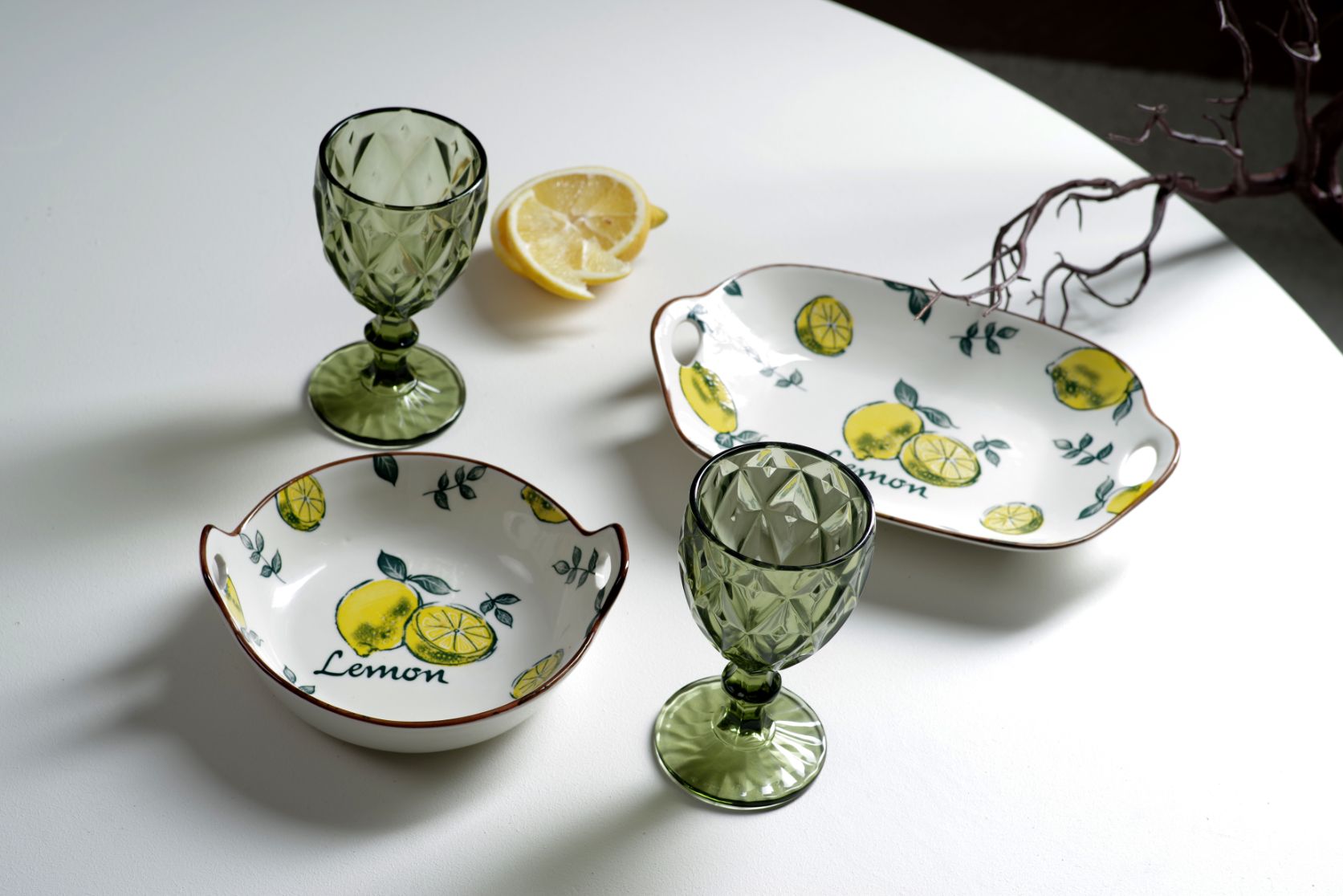
How do I Choose the Best Porcelain Dinnerware?
Beautiful, practical, durable. It's hard to believe that all this is about porcelain. Ancient, but still in demand, the material has important properties. Heat resistance, low weight and even unobvious mechanical strength.
Table of contents:
- What is porcelain.
2 The history of the material.
- Advantages.
- Varieties.
- How to distinguish porcelain from ceramic and earthenware.
- Types
6.1 Tableware.
6.2 Bakeware
6.3 Dinnerware
- Porcelain tableware
- How to choose porcelain tableware
- How to care for porcelain tableware
- FISSMAN products
What is porcelain?
In terms of composition, it is a kind of ceramic. It is made of fine white clay (kaolin) with the addition of feldspar and quartz. It is fired between 900 and 1400 degrees Celsius. During the production process, such a powerful heat action transforms the components into a durable material with special properties. It lends porcelain pieces, for instance, a spectacularly glossy shine.
History of the porcelain
The world was first introduced to porcelain during the reign of the Yuan dynasty in Mongolia. It happened in the 13th century when the Chinese artisans have developed the technology of making hard porcelain. Although the production of porcelain ware began long before that, simply by a different method. For centuries, the Middle Kingdom was the world's sole exporter of the material. European and Oriental rulers particularly valued crockery with intricate cobalt painting. At this time, porcelain became a passionate collectors' item. To unravel the secret composition of the miracle material from the Middle Kingdom in Europe was possible only in the early 17th century. The first manufactory was opened in Upper Saxony, near the town of Meissen, the second - near Vienna. Nevertheless, for a long time yet Chinese porcelain was considered the best in the world. The peak of its glory lasted until the 19th century.

The benefits of porcelain dinnerware
Some people may think, looking at the appearance of fragile products, that the dishes made of porcelain will not last long. Often, this prejudice is based on the fact that cups and plates hardly weigh anything. However, that's not the case. Porcelain tableware is manufactured using the principle of high-temperature firing. In the process, the material acquires properties that are hard to come by on such a delicate substrate.
- External aesthetics. In the porcelain clay, there are substances that melt, making the porcelain ware shine brilliantly. It is as if liquid glass has melted on the surface. Over time, the shine never fades, even with frequent use.
- Mechanical strength. As any other kind of cookware made of this material, porcelain tableware is not prone to chips and scratches. Even after contact with household chemicals.
- Safety. The composition of each product is as simple as possible - white clay or kaolin plus feldspar and quartz. These are natural components, which do not require the addition of chemically aggressive additives or harmful procedures.
- Smooth surface. The porcelain tableware has an exceptional texture to the touch. Not a single roughness. This property makes it possible to use porcelain on a daily basis and for festive occasions.
- Temperature retention. Another amazing quality of the material. Cold food stays colder for longer and hot food stays cooler.
- Dishwasher compatible. It can be washed perfectly well in an automatic machine. It won't break or scratch. The main thing is to choose the right one.
- Last a lifetime. Cast iron is also famous for and so is porcelain. And, to distinguish the old porcelain set from the new can only be an expert. These products do not age.
Varieties
Depending on the country of the manufacturer and the specific factory, the ceramic porcelain tableware is slightly different. This is due to differences in composition.
- The soft porcelain is made up of kaolin, feldspar and quartz in proportions of 25%, 30% and 45%.
2.Hard porcelain is made up of 50% kaolin and 25% each of feldspar and quartz.
- Bone china has the same composition as hard porcelain but with the addition of crushed burnt bone.
Hard porcelain is heavier, less transparent and has a slight greyish tint. This type of material is called real because it contains the maximum amount of white clay, and the firing is at a temperature of 1400 degrees. Items are very hard. Items made of soft porcelain were invented in Europe. The clay was finely ground and fired at a lower temperature. The surface of the dishes was slightly more porous and had a soft, sandy tone. Bone china utensils are extremely durable. They are whitewashed and translucent to the light. The walls are thin and smooth.
How to distinguish porcelain from ceramic and faience
Porcelain tableware, which you can buy online today, looks very similar to its counterparts - faience and ceramics. How not to get confused? Faience is clay with mineral additives, while ceramics is ceramics covered with a transparent or opaque glaze. Both materials are fired at temperatures similar to porcelain, but there are differences.
- Thickness. Put cups of all three materials side by side, the one with the thinnest walls will be porcelain.
- Transparency. Ceramics and faience are not transparent at all. Porcelain, on the other hand, is translucent when exposed to a light source.
- Sound. Only porcelain makes a long, lingering sound like the clinking of crystal when you hit it against the edge with a spoon.
- Colour. The rim at the bottom of the porcelain container has the same shade as the rest of the item, but it is not glazed.
- Weight. Porcelain is the undisputed leader in lightest weight. They are lightweight, almost weightless products.
- The painting. An indirect sign, but an important one. Porcelain is so beautiful that it is rarely 100% covered with a painting.
- Durability. With time, a net of small cracks develops on earthenware and ceramics, which causes the material to darken and become brittle.
Types of porcelain dinnerware
Once you've experienced porcelain, you'll probably want to swap the rest of your kitchen utensils for it. Aesthetically pleasing, sturdy and timeless, it will wow you with its durability and nearly eternal life. Putting together a set of porcelain tableware is easy when you know what the modern kitchenware market has to offer.
- Tableware (porcelain) - single cups, mugs, plates, salad bowls, bowls, teapots and other individual elements of the kitchen interior. You can put them together to create a personal set of utensils for your home. Whether you choose the same or different style. It can always be supplemented with new items.
- The porcelain baking dishes are special deep-drawer molds suitable for use in the oven. Trays for meat, poultry, fish, duck pans, moulds for sweet and savoury casseroles, vegetables, pies.
- The porcelain dinner set is a turnkey set of tableware. It has everything you need for tea, coffee breaks or a full-blown feast. This set is assembled by the manufacturer. You can choose the number of people the set is designed for. This is a wonderful option for a gift.
How to choose porcelain tableware
- Whether it will be used daily or occasionally. This will help in deciding on a design. Laconic is suitable for every day and more ornate for festive occasions.
- Whether you want the set for tea, coffee, meals or desserts. This determines the type of set and the size of the items.
- How many people will be using it. This will allow you to calculate the composition of the service, discarding unnecessary items. For example, today you can buy only porcelain dishes for serving snacks or a tea set.
- How you plan to care for your dishes. If you only use automatic dishwashers, you need to buy items that will take care of them. It is also important to consider how porcelain dishes will behave in the microwave.
How to look after porcelain
A set of porcelain dinnerware can last indefinitely. A few simple care instructions will suffice.
- Hand-wash your dishes unless the packaging indicates that they are dishwasher-safe.
- The most suitable temperature range: wash in warm water, rinse in cool water.
- Use soft foam sponges, cloths, gel cleansers which do not contain abrasive particles.
4 The porcelain rarely goes dark. If it does, clean it with toothpaste or baby soap foam.
- Store the porcelain in a dry place. Preferably on a stand. Separate the pieces from each other with paper when stacked.
- To keep porcelain dishes warm longer, heat them slightly before serving hot.
FISSMAN products
Milky white, elegant and guaranteed quality - that's why customers love the brand's porcelain products. The FISSMAN range today includes numerous dinnerware series made of the strongest bone china and hardest porcelain. To make it an individual item, you can buy it as part of a complete set. All FISSMAN porcelain dishes are double heat-treated. This retains the signature thinness, but increases the mechanical strength. FISSMAN cups and plates do not tarnish. They are suitable for use on the festive and everyday table. Only environmentally friendly components are used in the production. FISSMAN tableware is approved by professionals. In our online shop, you will find a porcelain service that can be purchased in a couple of clicks.
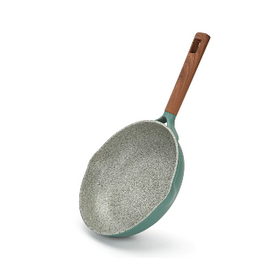
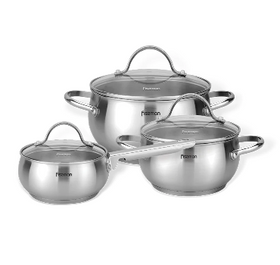
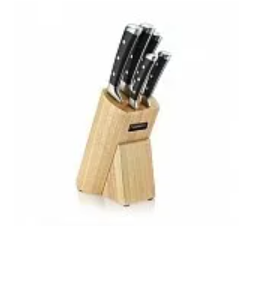
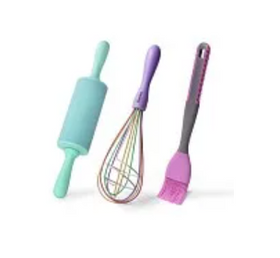

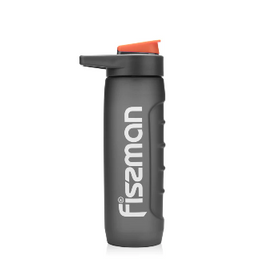
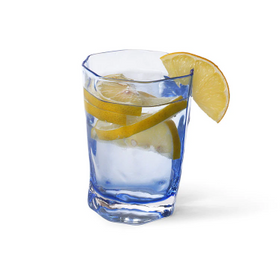




























Leave a comment